‘Shilpa Sandhan’: Artistic reflections of contemporary and urban realities

In keeping with the exploration of the current themes in the nation's art scene, an art exhibition displaying the windows into the complex narratives of our socio-cultural landscape was recently arranged by Zobra the Art Village and Dot to Line at Safiuddin Shilpalay in Dhanmondi. This five-day group exhibition titled, "Shilpa Sandhan", celebrated Bangladesh's diverse and evolving art heritage, with the hosting of 55 artworks offering vibrant displays of creativity and emotion, from 24 contemporary artists.
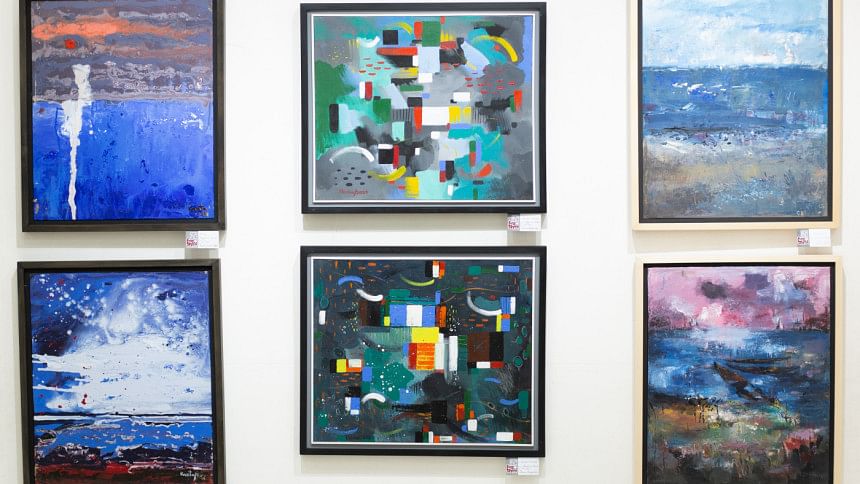
The artworks at "Shilpa Sandhan" span various mediums, including acrylic and oil on canvas, watercolours on paper, and mixed media. The diversity of techniques employed by the artists shows their command over traditional methods while simultaneously pushing the boundaries of form and expression. Watercolour works, in particular, stood out in this exhibition, illustrating how this seemingly delicate medium can be used to portray powerful stories.
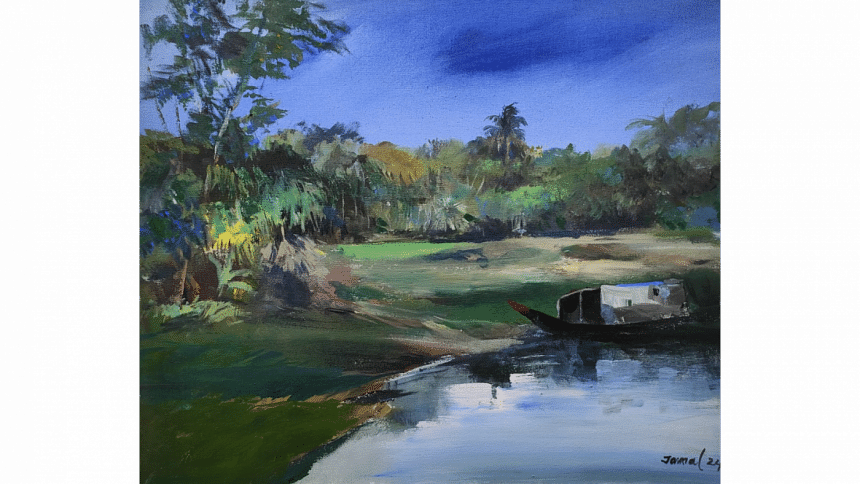
For instance, artist Jamal Ahmed's "Going Home", beautifully captures women and children returning to their homes as rain clouds gather in the sky. This piece, executed in watercolour, is a quintessential reflection of his ability to depict everyday moments imbued with subtle emotional depth.
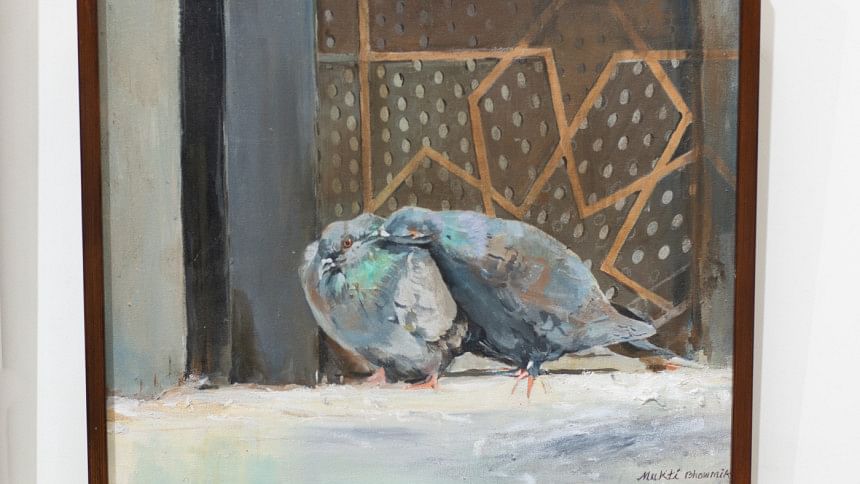
Mukti Bhowmik's acrylic painting "Love", featuring a pair of pigeons nestled together in a tender embrace, offers a different emotional resonance. In a time where urban isolation has become an increasingly explored theme in contemporary art, this piece presents a brief but significant moment of companionship in nature. These pieces, along with others displayed, highlighted the range of themes explored by the artists—from intimacy and solitude to urban chaos and the serenity of nature.
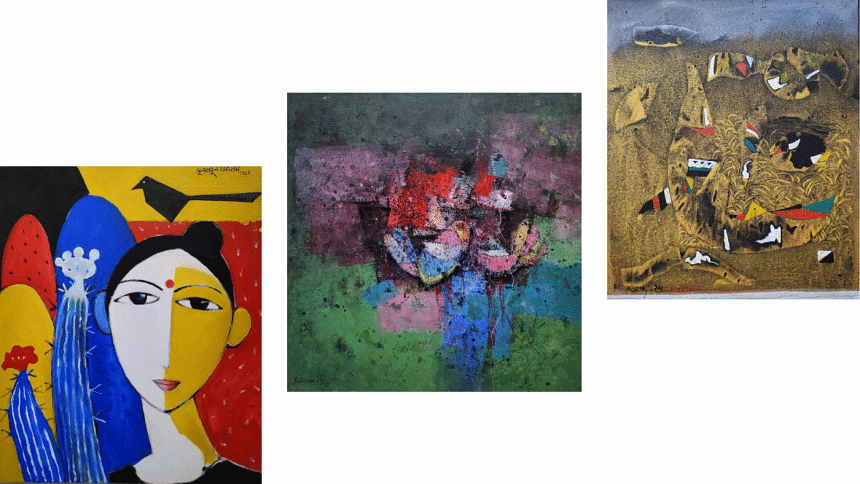
Several of the displayed pieces navigate the complex relationship between human beings and their environment. The rapid urbanisation of Bangladesh has brought with it a myriad of challenges, particularly in our capital city, Dhaka. The exhibition offered a glimpse into how artists are grappling with the impacts of deforestation, pollution, and the encroachment of concrete structures on natural spaces.
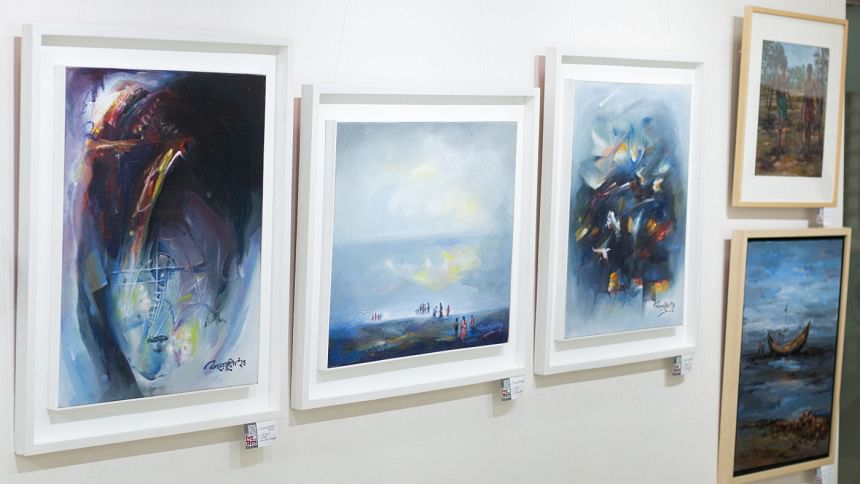
Mahfuza Beauty's acrylic piece "Stories of Endless Sky" reflects on how deforestation in urban spaces affects the lives of birds and other wildlife. Through her portrayal of city birds, displaced and desperate, she touches on the broader consequences of human actions on nature. This ecological theme is also echoed in Refat Jahan Kanta's "Nature", where the viewer is taken into a bird's-eye view of the landscape, suggesting both an appreciation for nature's beauty and a distant, detached acknowledgment of its fragility.
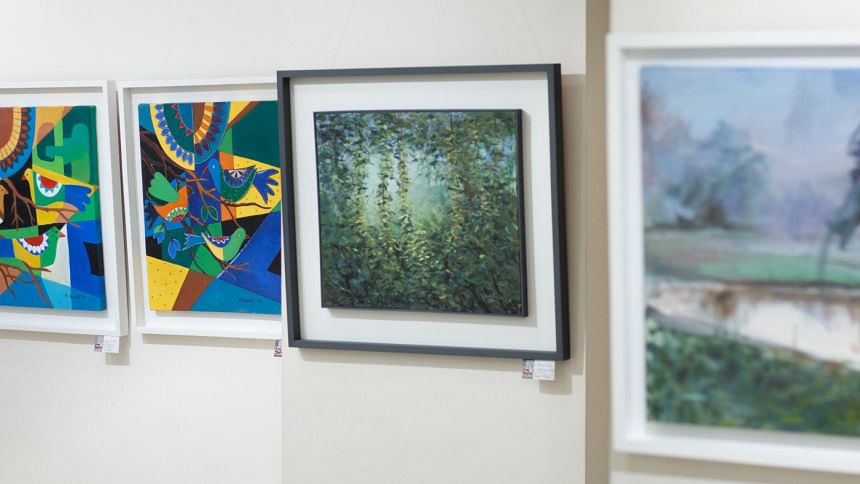
The conceptual nature of several works on display allows for a more interpretive experience. Artists such as Shabin Shahriar and Harun Ar Rashid Tutul lean into abstract forms, where colour, texture, and shape work together to evoke deeper meanings beyond immediate visual recognition. These abstract expressions offer viewers a departure from literal representation, instead encouraging them to engage more actively with the art.
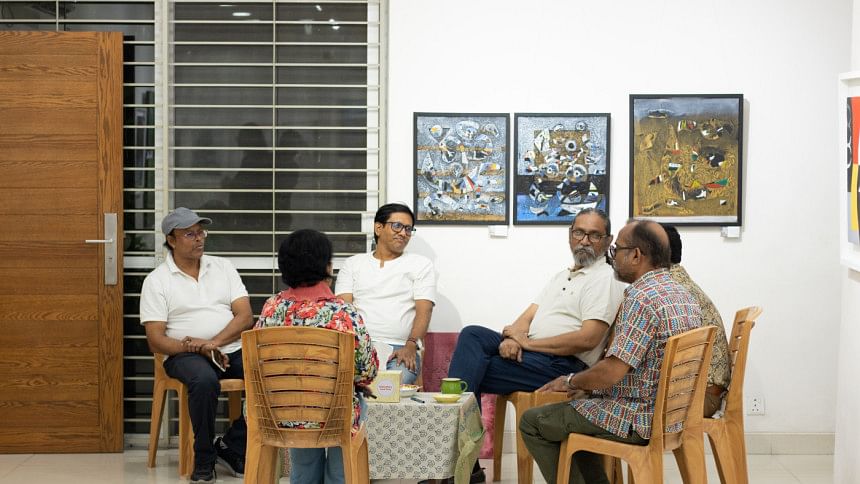
One particularly striking element of the exhibition is the variety of styles. Whether in representational forms like landscape and portraiture or more abstract designs, each piece on display contributes to the larger conversation on the present and future of Bangladeshi art.
"Shilpa Sandhan" is the culmination of collaborative efforts by Zobra the Art Village and Dot to Line, who have worked tirelessly to nurture and support emerging and established artists across the country. This exhibition was an outcome of a series of art camps that took place in Cox's Bazar and Gazipur. Notably, these camps were designed to produce art and foster a sense of community and exploration among the artists.

The exhibition hence succeeds not just in showcasing individual talents but in highlighting the collective consciousness of a nation in transition—one where rapid urbanisation and environmental degradation collide with the preservation of culture and the need for creative expression.

 For all latest news, follow The Daily Star's Google News channel.
For all latest news, follow The Daily Star's Google News channel. 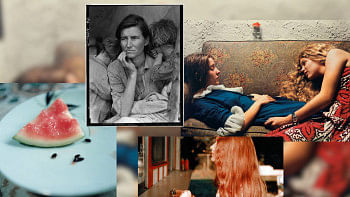


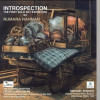
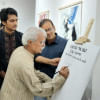

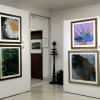
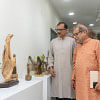


Comments